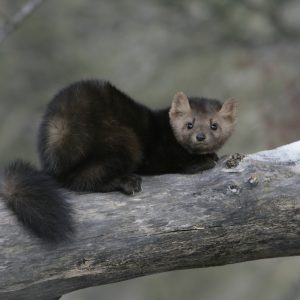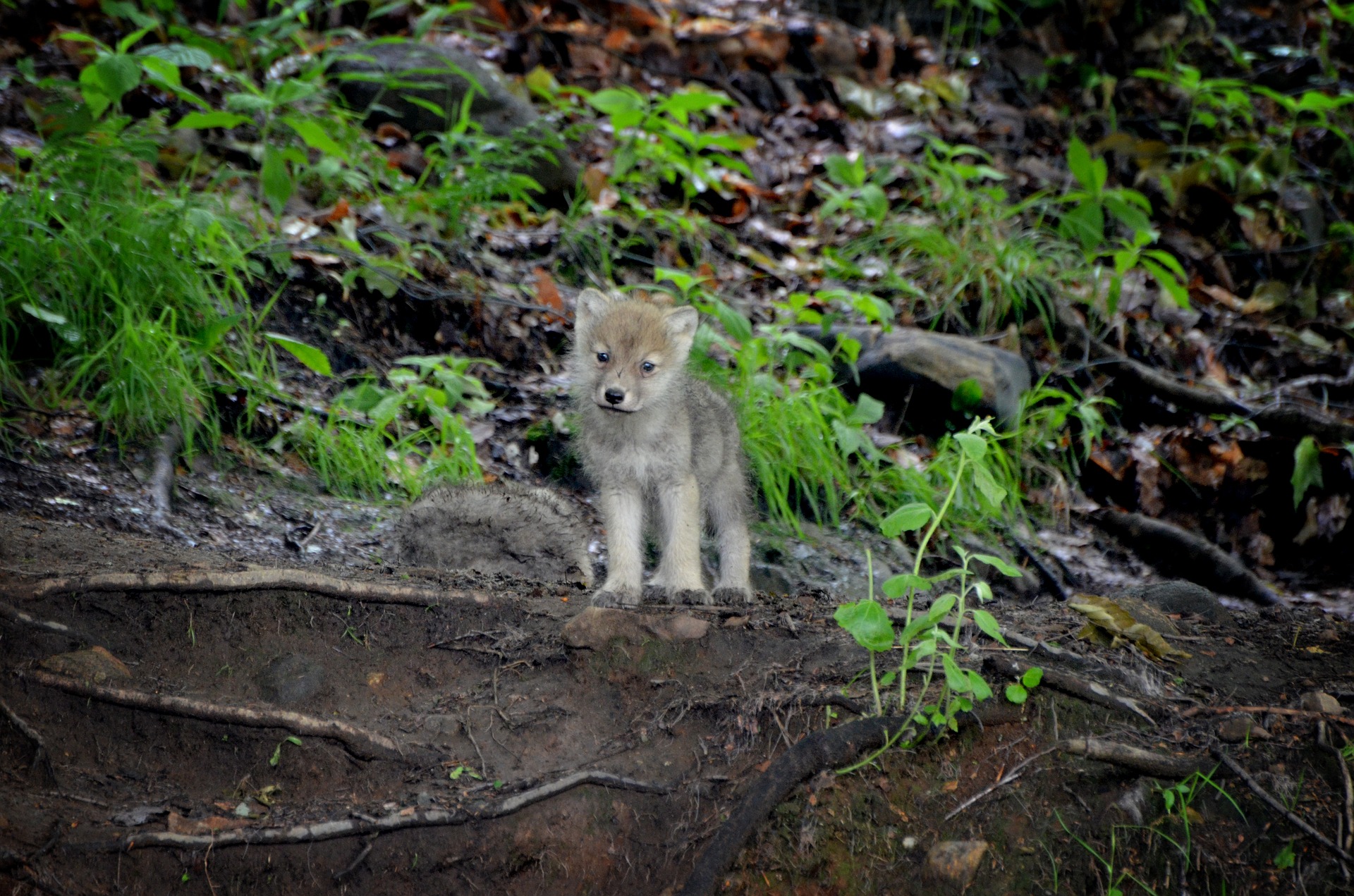The Colourful Hummingbird Moth
From this photograph, you may wonder why they call this a Hummingbird Moth. The following are some attributes that explain this Hummingbird mimic:
Where do they live?
The Hummingbird Clearwing Moth (Hemaris thysbe) can be seen in our summer months fluttering about in open and second-growth habitats, gardens, and suburbs across most of Canada except Nunavut. Hummingbirds have a similar range.
What do they look like?
Adult: The wingspan is 4–6 cm. The head is olive to tan. The thorax is olive to golden-olive in colour dorsally, yellow ventrally; the abdomen is dark burgundy (sometimes almost black) both dorsally and ventrally, with light olive to dark golden patches dorsally. Their wings are clear with a reddish-brown border and veins. Their legs are yellowish or pale coloured. NatureWatchers would never mistake this Sphinx Moth for a Hummingbird…no matter how quickly it flits by.
Young: The larvae/caterpillars are bright green with a line of white dots that end in a fleshy, pointy extension resembling a tail. There are also small reddish spots along its side.
What do they eat?
Caterpillar: Leaves of honeysuckle, snowberry, hawthorns, cherries and plums, and European cranberry bush.
Adult: With their long proboscis they drink nectar from a wide variety of flowers including Japanese honeysuckle, beebalm, red clover, lilac, phlox, snowberry, cranberry, blueberry, vetch, and thistles. Look for Hummingbirds hovering and drinking at most of these nectar sources too.
How do they reproduce?
In the USA and southern Canada, there are generally two broods from March-June and August-October, while there is only one brood in the north from April-August.
As fully-grown caterpillars, they burrow in the leaf litter to pupate in cocoons, emerging soon after or waiting until the following spring.
How do they behave?
Unlike most other moths, the Hummingbird Clearwing Moths fly and feed during the daytime. Like other members of the Sphingidae, the Hummingbird Clearwing Moths are fast and strong fliers and have very rapid wing beats. They hover in midair as they feed on nectar and are often mistaken for hummingbirds, for which they are named.
Note
This moth is a pollinator: they drink nectar from blooms with open or deep flowers and pollinate many of them from the pollen caught on their upper body.
This month, as you enjoy the warm days and the spring showers, plan to attract the colourful Hummingbird Clearwing Moth to your garden by planting native wildflowers and shrubs. Remember to avoid chemical pesticides and allow some leaf litter!



